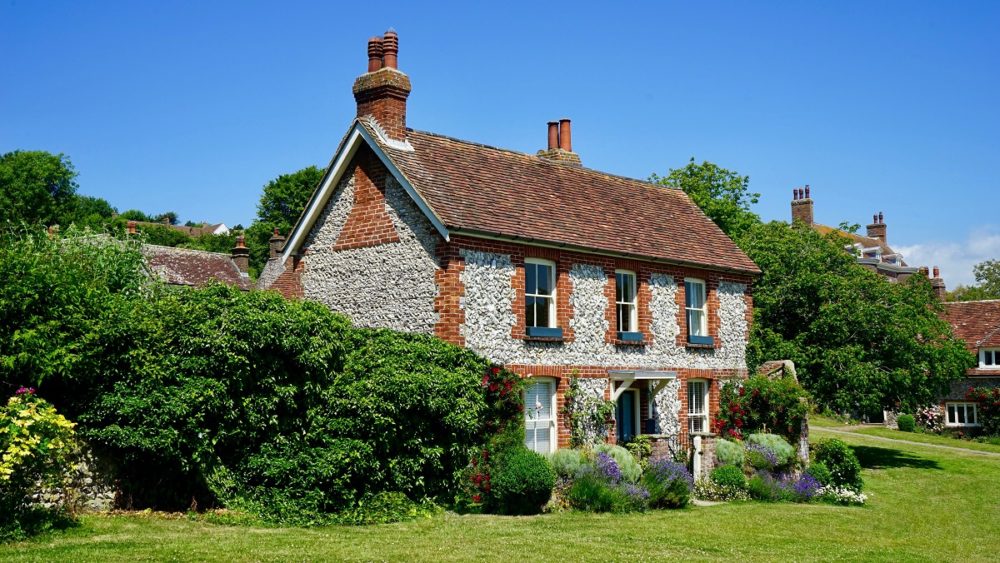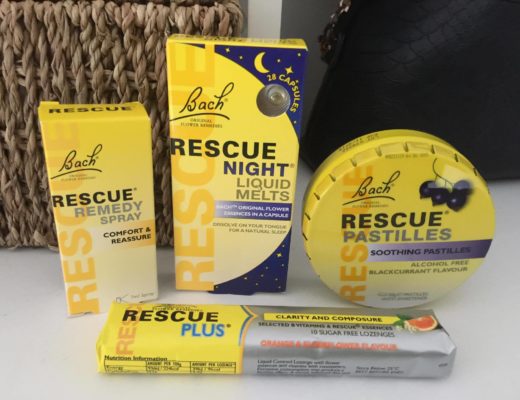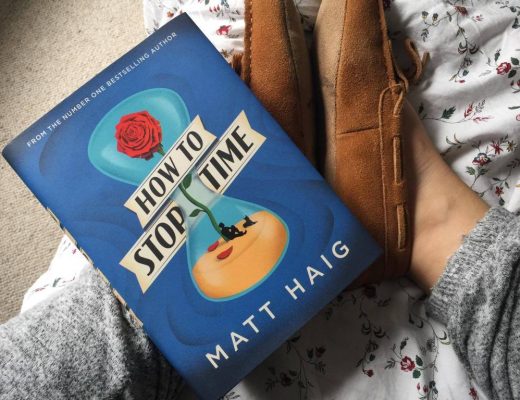Are you in the process of buying a house? As you guys know, we’ve just sold our house and moved into a new home. And when buying for the second time around there’s no denying we were more aware and more cautious.
The first time around we was naive and simply wanted to move but this time we wanted to make sure everything was safe and in good working order.
The house we’ve just bought was built in the 1960s so it’s old, but it’s not hundreds of years old. But we still wanted to make sure everything was good before we got carried away by the charm and appeal.
But if you’re thinking of purchasing an older home for your family, it’s important to be aware of some common issues that tend to be more prevalent with older buildings.
Whether you are buying to live in the property, or buying to let, it’s important that you are educated on some of these potential dangers before buying a house.

Credit: Pexels – mikebirdy
Contents
1. Mould and Old Water Damage
Over time, materials can deteriorate and eventually fail if they are not maintained correctly. This is especially true with old pipework and plumbing, which can lead to mould and water damage.
Before purchasing an older property, it’s a good idea to have it thoroughly checked for signs of previous water damage. Even if the cause of water damage has been repaired, the damage itself could lead to further problems if it has not dried out properly.
Excess moisture in the air can be a huge risk for buildings since mould can colonise in just a few days wherever there is moisture, warmth, and oxygen present.
Mould can be a huge risk to your health, with exposure increasing your chance of developing infections, respiratory problems, asthma, allergic reactions and more. Bear this in mind before buying a house.
2. Asbestos
While asbestos has been completely banned in the UK since 1999, it’s still a risk in buildings that were built before 2000, either from asbestos itself or the presence of materials that contain it.
There are three types of asbestos in the UK, which are Amosite, Crocidolite, and Chrysotile. The latter was the most commonly used and was the last type to be banned in 1999 after the other two types were banned in 1985. Asbestos can be found almost anywhere in an old building.
It is most commonly used in areas that required insulation or fire resistance, due to the fact it was a fire retardant. Asbestos releases dangerous fibres into the air when it is disturbed.
When inhaled, the fibres can lead to serious illnesses including some types of lung cancer.
3. Old Electrics
Unless a home has been rewired recently, there’s a high likelihood that the electrics in an old property are just as old as the building itself. And, old electrical systems and wiring come with their own set of dangers.
Many buildings built before 1985 used aluminium rather than copper wire and didn’t use earth cables. Aluminium wire is over fifty times more likely to cause a fire than copper. In addition, ageing wiring is also more likely to be faulty, and faulty wiring is one of the most common causes of an electrical fire in the home.
Burns, electric shocks, and tragic fires can be caused by damaged plug sockets and cables. There are not always obvious signs of faulty, old electrics in the home; the best way to find out is with an Electrical Safety Certificate inspection.
Trade Facilities Services can provide an Electrical Installation Condition Report (EICR) to check the quality and safety of your home’s electrical installations.
4. Carbon Monoxide
This colourless, tasteless, and odourless gas is often referred to as ‘the silent killer’ since it can make people seriously ill and can even lead to fatalities before its presence in the home is realised.
It is often a more common problem for older properties that might have older boilers or open fires.
Older properties are more likely to contain carbon-burning appliances that are several years old and have not been maintained correctly or have been left to deteriorate over the years.
If you experience headaches, nausea, vomiting, dizziness, stomach pain, or shortness of breath when you are at the property, this could be a sign that you are dealing with a carbon monoxide leak.
5. Lead Paint
Many older buildings are very characteristic with impressive doors and windows. However, while these original features are very desirable, they often come with the potential danger of lead paint.
Although many people like to purchase older buildings with their original woodwork, if the house was built before the 1970s, there is likely to be lead contained in some or all of the paint.
Until the 1960s, lead was used in paints for woodwork around windows and doors and paints used for metal items such as radiators.
Inhaling or ingesting lead fumes or dust can lead to serious health problems including infertility, brain damages, and damage to nerves and kidneys. This is why it’s so important to ensure that all lead paint in an older property is removed correctly if you suspect that it is present.
If the original paintwork in the property has been repainted several times with non-lead paint, there may be no need to remove it unless you are planning to redecorate and potentially disturb it.
6. Landlord Insurance
Popped in at #6 but possibly the most important if you are buying to let, is to get landlord insurance.
Landlord insurance covers the risks you face when letting or leasing a property that standard home insurance may not cover, also known as buy to let insurance, it covers you for damage to the buildings or to your contents against a range of perils such as flood, fire, burst pipes or storm.
There are many companies out there that offer landlord insurance, so I would recommend to compare landlord insurance and get the best cover to suit your needs.
You can also choose from several optional covers like accidental damage, loss of rent, landlord emergency and legal expenses cover which covers the costs and expenses in dealing with a range of legal matters such as contract disputes, tax and VAT investigations, repossession and eviction of squatters.
Older homes can certainly be charming with many unique characteristics, but it’s important to be aware of the potential dangers that tend to be common with older buildings.
My Travel Tips and Recommendations
Flights
To book flights, I always use flight search engine Skyscanner, I regularly use the Everywhere tool to find the cheapest places to travel. It’s how I get to travel so much all around the world. I find it the easiest way to compare flight prices across airlines and get the best deals.
Accommodation
For accommodation, I usually book most of my hotels or hostels through Booking.com. I love using this platform as it provides me with some amazing deals for accommodation all around the world. Or if you prefer, I also recommend using Airbnb. If you haven’t signed up with Airbnb already, you can use this link to get £25 off your first visit!
Travel Insurance
Picking travel insurance that covers you in all eventualities is an essential part of planning a trip for every single person. If you can’t afford travel insurance, you can’t afford to travel. You never know what’s around the corner.
You can also find me on social media: Facebook, Twitter, YouTube and Instagram.
Did you know I also vlog my trips? Make sure you subscribe to my YouTube channel so you get alerted when all my travel videos go live… CHECK THEM OUT HERE
Thank you for reading and as always happy adventuring! If you have any questions about the destination please leave these in the comments below.
If you’ve enjoyed this post, please share it for me with all your friends and family!
Sophie X



